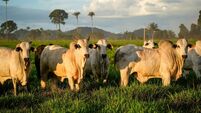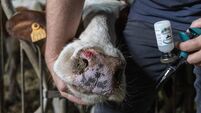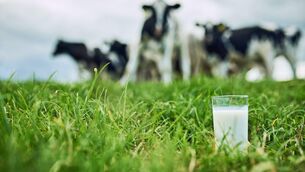Teagasc Advice for beef farmers: What’s your plan for high quality silage?

On beef farms, making high quality silage will go a long way towards maximising animal thrive in the winter, while controlling concentrate costs.
Farmers who consistently make high quality silage every year do so by following a plan. What’s your plan?













